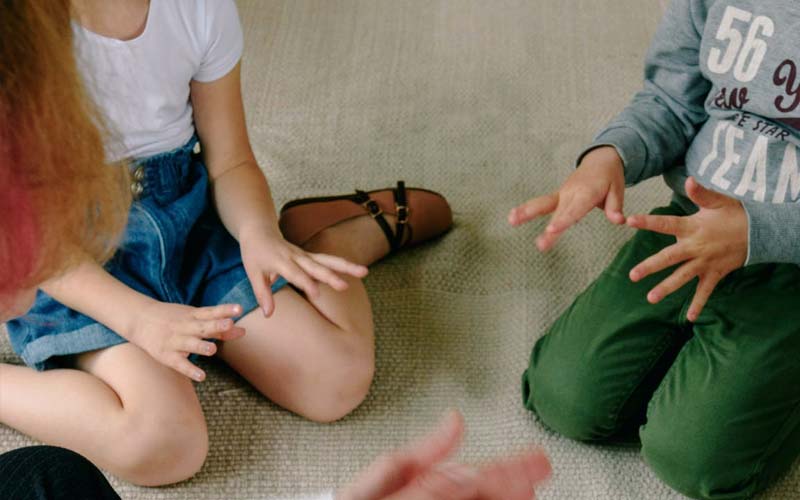
27 Feb Helping your autistic child overcome w-sitting
For some children w-sitting is a bad habit. For others w-sitting is comfortable and easy. Either way w-sitting can be problematic when teaching sitting tolerances and good sitting postures. It also puts unneeded strain on your child’s developing body which in return can cause many long-term problems for your child.
Parents facing the w-sitting obstacle should consult with an Occupational Therapist or Physical Therapist to get a solid therapy program that can help resolve the problem of w-sitting.
The success of the program that the Physical or Occupational Therapist puts in place will need to be re-enforced by parents at home and by all the people working with your autistic child. Teachers at school will also need to work on w-sitting daily.
There are two main areas of therapy which include:
- New sitting options needs to be introduced and worked on; and
- A reminder phrase needs to be implemented by all.
What does this all mean? It means that you will need to help your child each time they sit in the w-positions. You can do this by providing alternative seating options for your child – things like a chair, beanbag, or a stool.
Parents can also physically help move the child legs out of the w-sitting position and into a different position (refer to article “alternative when you find that your child is w-sitting“).
This will be necessary particularly when the autistic child is still very young and struggles to take verbal instruction. It is important to incorporate a “verbal cue or reminder phrase” when you are physically helping to move your child’s legs. This will re-enforce the instruction to change seating positions.
For the visual autistic child, the implementation of a cue-card may also be necessary. On the contrary I will recommend it and in the beginning this cue-card or visual prompt should be carried around permanently. This can easily be done with a PECS lanyard around the neck.
Motor planning activities that will strengthening the core muscles will in most cases be part of the physical program. Exercises that engage core muscles can break the need for a child to w-sit. Simple movement exercises will also help to stretch the back and hip muscles and it will help with your child’s flexibility and postural control.

